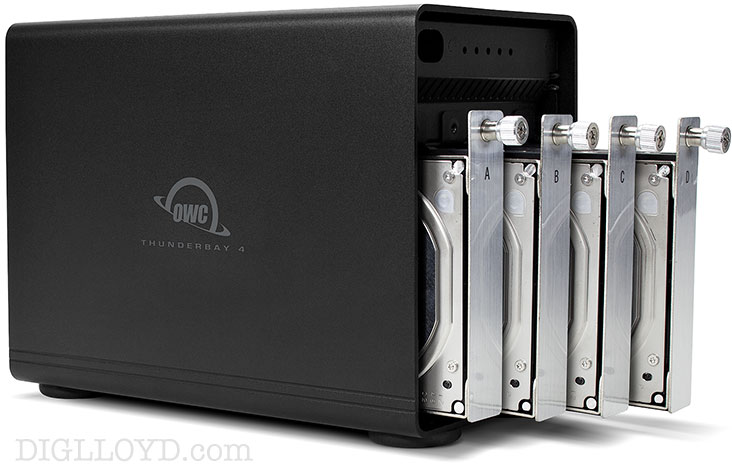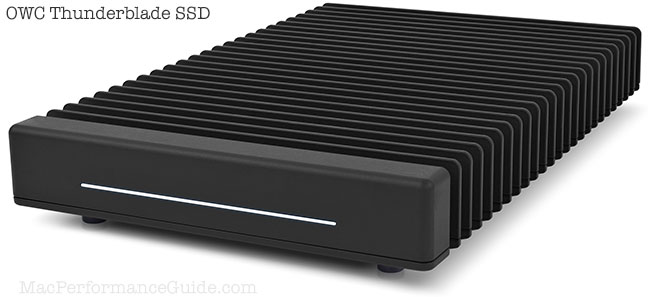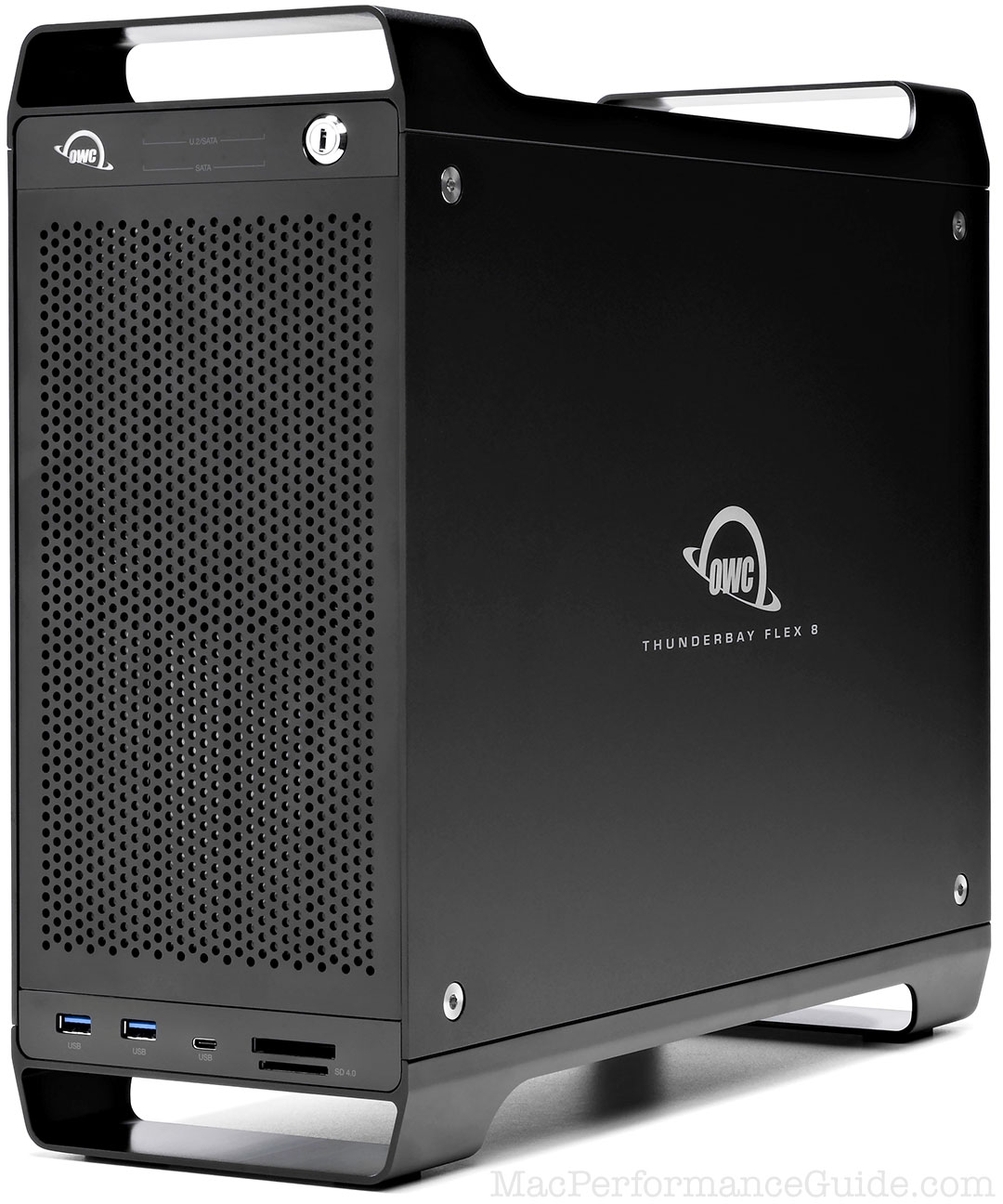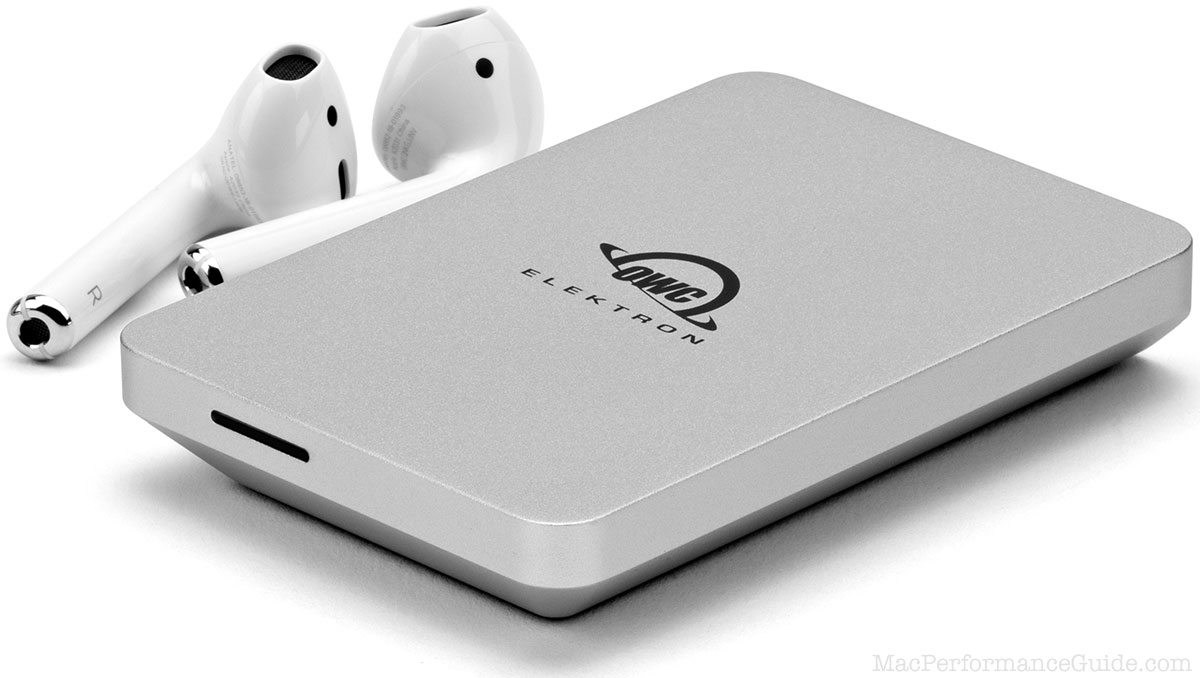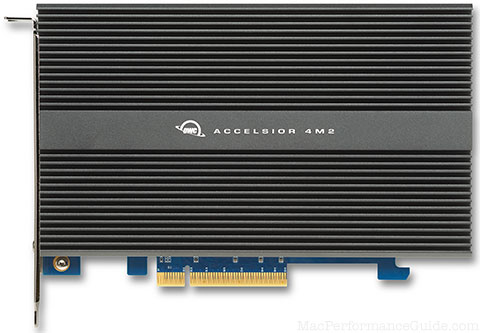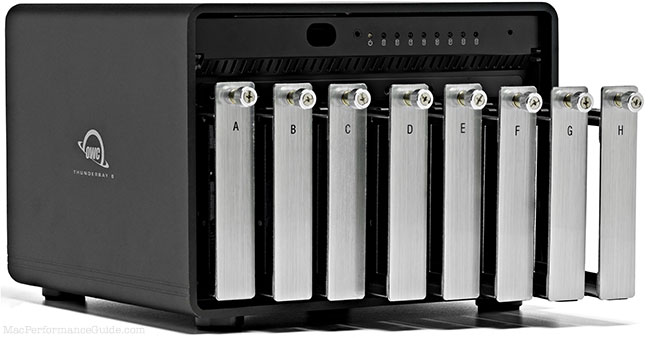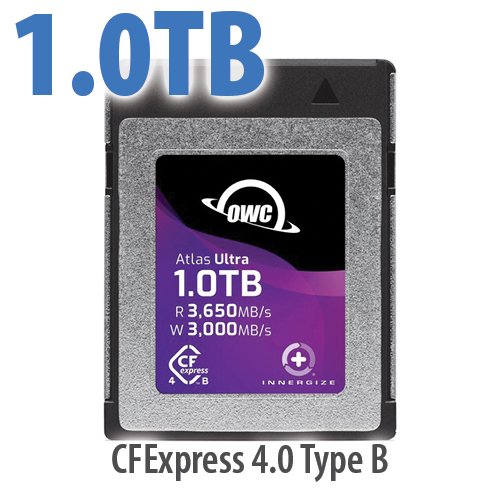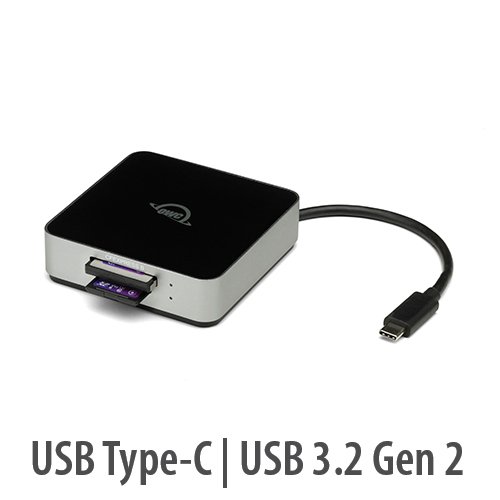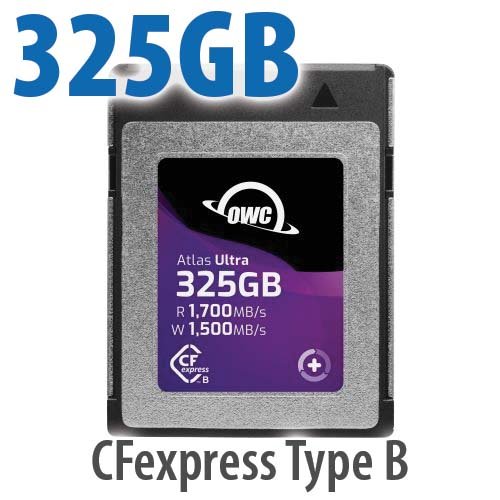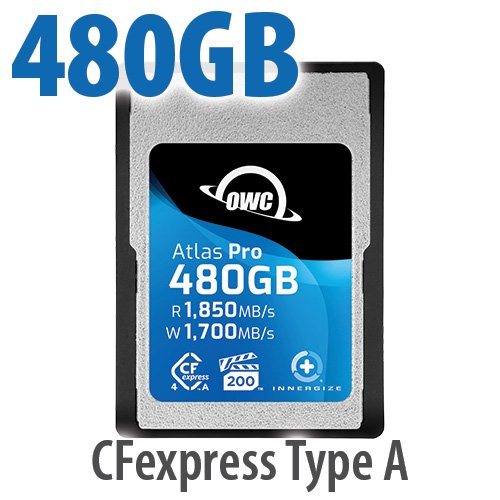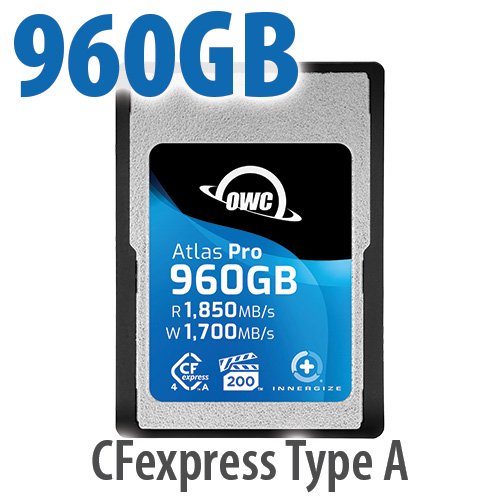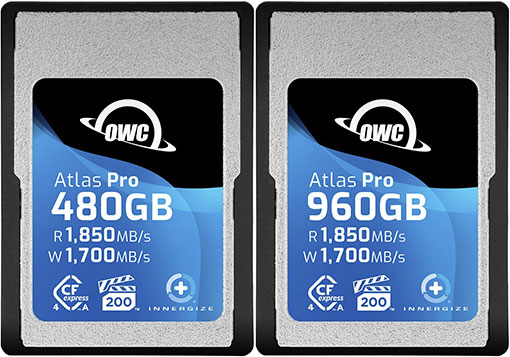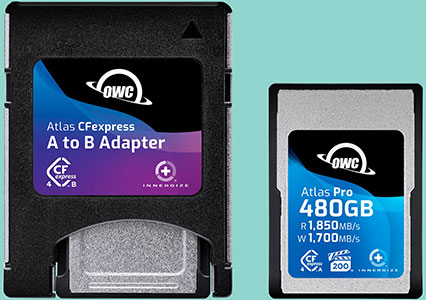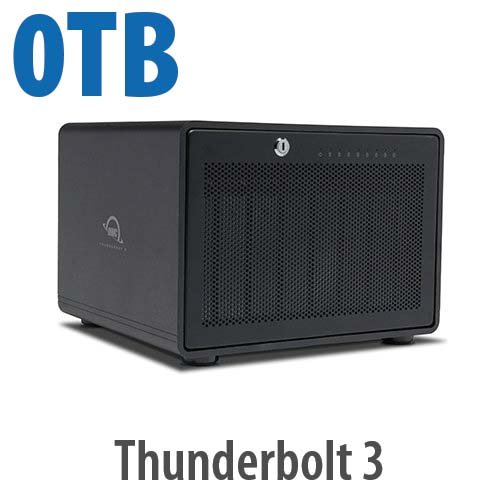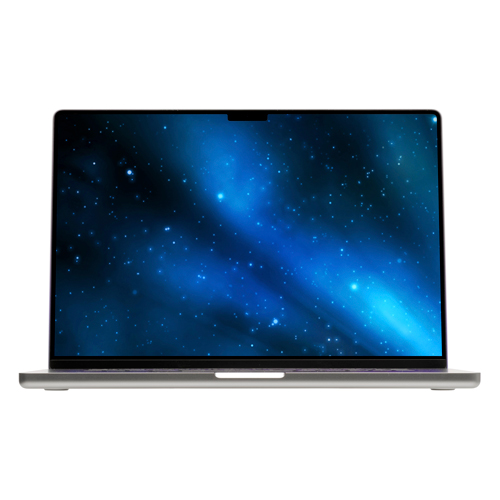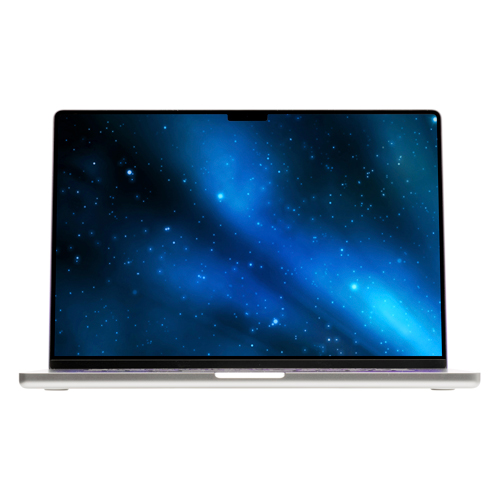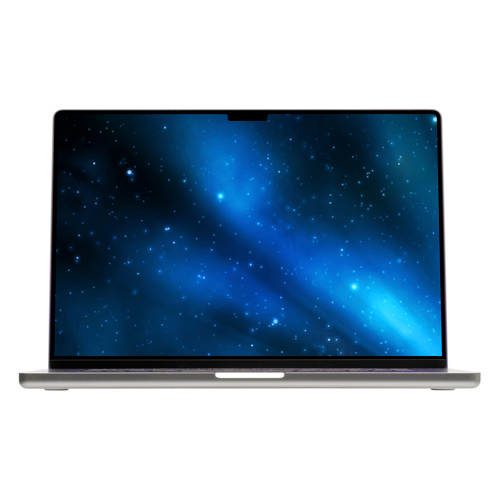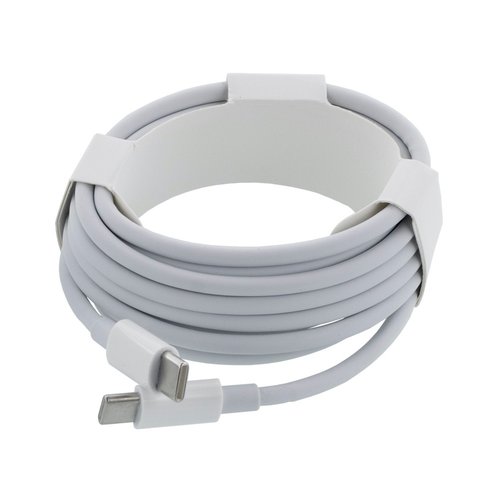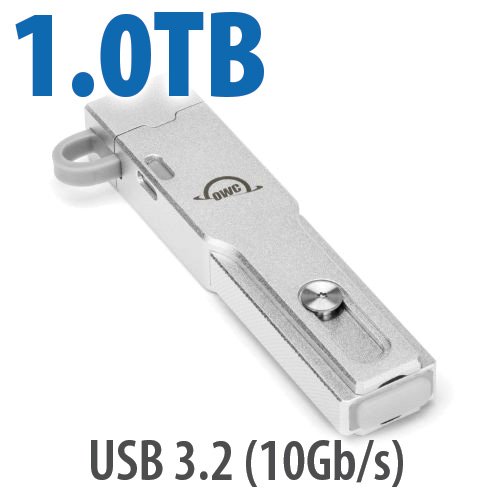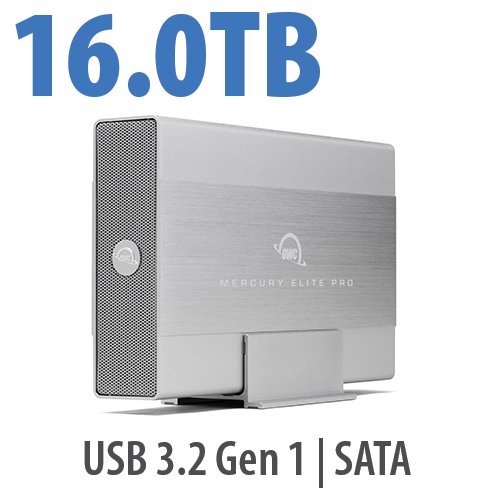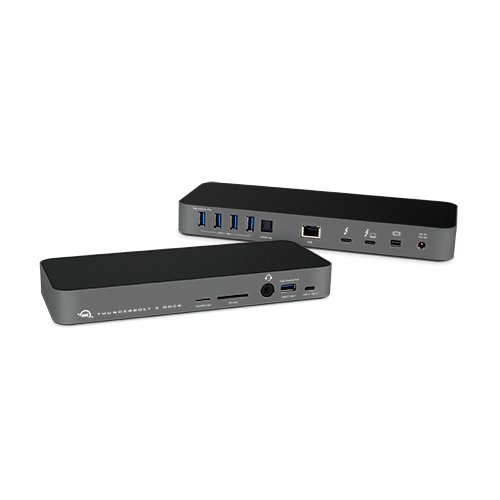2024-05-06 •
SEND FEEDBACK |
 Related
Related:
apochromatic, digital sensor, EVF, Jason W, John M, Nikon, Nikon D850, Nikon DSLR, reader comment, tripods and support, Zeiss, Zeiss DSLR lensesEnd of an era?

Nikon FTZ Mount Adapter v1
Still for sale, though they were heavily discounted not that long ago. No one asks about them anymore.
Best platform for them is the Nikon Z7 or Nikon Z7 II or Nikon Z8 but Nikon in their gross design negligence removed the tripod socket in the Nikon FTZ II Mount Adapter and stopped producing the excellent Nikon FTZ Mount Adapter with its tripod socket. That flat bottom with socket is essential for the heavier lenses from Nikon or Zeiss.
I still have my full set of Zeiss ZF.2 lensers, and have thought of doing a shoot with each of them on the Nikon D850 just to get perspective on how they feel now. Maybe later this year.
While I have had good luck with the Nikon adapter, lens adapters are in iffy proposition in general, for mechanical reasons: even the best eg Nikon FTZ introduces two more contact points, and that has little hope of maintaining sensor-vs-lens planarity. It just cannot be done. Then there is the weight of the lens torquing it even were everything else perfect. Direct mount is always better.
Strategic goof
IMO, the Nikon D850 was the best DSLR ever produced, both image quality and haptics.
Nikon really screwed up in not delivering a Nikon D850E with a built-in EVF instead of the old DSLR viewfinder. Same lens mount, just an EVF instead of the optical viewfinder. Instead, Nikon went straight to the Nikon Z7 and forced the use of a lens adapter, immediately rendering millions of great lenses a PITA to use, and at extra cost.
Nikon took the world’s best-ever DSLR... and killed the clean path forward. Dumb.
But it’s not too late to fix this error; Nikon could abandon the D850 today, and deliver a D850E. Instead, they produce these a steady series of " retro" models like the Nikon Zf, which are well-loved by some.
Why not do “retro” via a Nikon D850E, which would have terrific appeal to everyone with Nikon F glass? I’d buy one in a heartbeat just so that I could use the Zeiss glass. Use the D850 haptics, add a 60MP sensor as a kicker, replace the optical viewfinder with an EVF and you have a camera that could mount tens of millions of "retro" lenses. And while at it, deliver one with a monochrome sensor as well, the D850Em.
Nikon needs market visibility. This idea dovetails perfectly with the "retro" game.
It is interesting how quickly the Zeiss glass fell out of fashion. Used prices are rock bottom. On FredMiranda a set of Otus went for $1500 per lens and Milvus and Z Classic also very cheap, $400-700 often.
I think a lot of things drove this, but here's a few guesses. Sure there's points you can add
1) Mirrorless. People don't want to adapt glass like Otus and Milvus.
2) Industry caught up. Sony, Sigma, and Canon produced stuff that was optically excellent, lighter, and had AF.
3) Budget cinema glass. A lot of guys used to put focus gears on Zeiss Contax/ZF and even Milvus but now you can buy cheap cinema glass that is optically quite good, properly housed, and cheap.
Worth noting the Zeiss lines probably represent a good value on the used market, assuming one was willing to deal with adapting for mirrorless or wanted to shoot a D850.
DIGLLOYD: adapting lenses is awkward physically, but I would do it for some lenses were I a Nikon shooter. Agreed that lens quality has caught up, but the Zeiss glass had a look all its own in many cases.
John M writes:
Two weeks ago I returned from photographing in Brazil with the following kit:
Nikon Z7
Nikon Zf (backup camera)
Zeiss 25mm f/2 Distagon ZF.2 (with new type FTZ Adapter)
Voigtlander Z 35mm f/2 APO-Lanthar
Voigtlander Z 50mm f/1 Aspherical
Voigtlander Z 65 f/2 Macro APO-Lanthar
Zeiss 100mm f/2 Makro-Planar ZF.2 (using old type FTZ with tripod mount)
Zeiss 135mm f/2 APO-Sonnar ZF.2 (sharing old type FTZ with 100mm)
So I definitely do NOT find the Zeiss lenses useless! Sure, I wish there were Voigtlander versions of the ZF.2 lenses that had the more modern interface that the Voigtlanders have with the Z7 & DF (WYSIWYG lens aperture & focus point integration). After all, they are the same company! Having to stop down the ZF.2 to minimum aperture and then control with a camera dial seems a bit kludgy now compared to the superior Voigtlander “old fashioned” interface made modern. But then again, I would miss the tripod mount that the FTZ gives me for these heavy lenses.
Bottom line – the Zeiss ZF.2 still have a place in my kit! And storing the 100mm & 135mm in the small backpack is more compact than a 70-200 zoom. Now only if there were a TC adapter that I could use with the 135 – that would be perfect!
DIGLLOYD: looks like a good system.
Kevin S writes:
Still have my ZF.2s (not quite as extensive as your set), and use them on a Z7 for “slow photography” along the coast of Maine, and occasionally for macro. I find the magnified focusing so much easier on the Z7 than my old D800. A very enjoyable shooting experience … as long as I’m not walking far! The 35/1.4 is my favorite – images so very sharp and clear corner-to-corner.
DIGLLOYD: the EVF is much easier to use versus a loupe on the rear LCD. Which I noted in my review of the Nikon Z7 ay back in 2020 or so.
Given that Nikon is stuck at 45MP, the Nikon Z7 may still be the best platform for total image quality, assuming one has the original Nikon FTZ Mount Adapter.
James S writes:
Since Nikon enabled wide open focus with manual lenses on the Z9 I have been in photography hog heaven using all my Zeiss ZF.2 lenses. If you plan to revisit using these lens I highly recommend you do so on the Z9 instead of the 850. A world of difference.
DIGLLOYD: the Nikon D850 does and always did allow wide-open focus by toggling the DoF preview button. Agreed that the the EVF is much easier to use versus a loupe on the rear LCD.

































